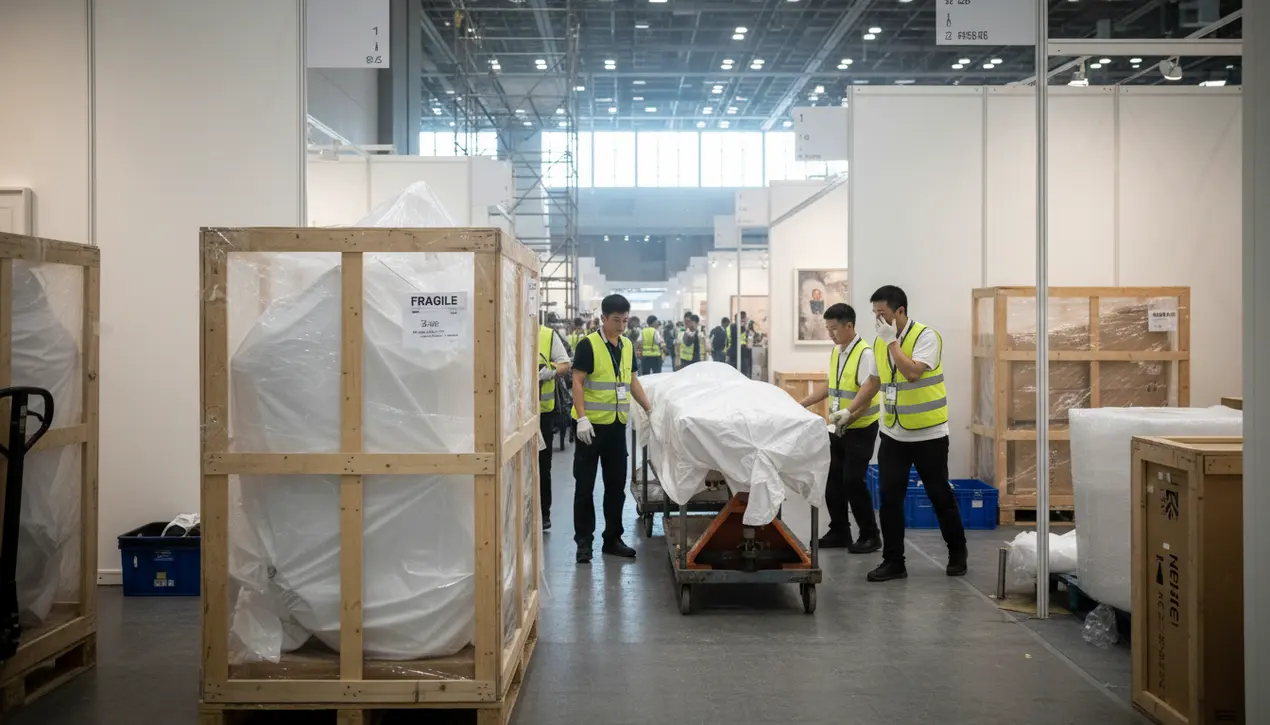
Entertainmenttheatre & artsArt Auctions
Hong Kong's Art Market Competitiveness and Infrastructure Challenges.
AN
Andrew Blake
1 day ago7 min read5 comments
The recent Art Business Conference in Hong Kong served as a stark reality check, moving the conversation beyond the well-trodden path of tax incentives and into the far more complex terrain of foundational infrastructure. While the city's zero-tax policy on art imports has long been its golden ticket, luring major auction houses and international galleries to set up shop, a consensus is emerging that this financial carrot is no longer sufficient to maintain a decisive lead in the brutally competitive global art market.The core challenge, as experts articulated, is a critical shortage of adequate storage and handling facilities capable of meeting the stringent demands of high-value, often monumental, contemporary artworks and delicate antiquities. This isn't merely a logistical headache; it's a fundamental business risk that threatens to erode collector confidence.When a collector spends tens of millions on a fragile sculpture or a priceless Old Master painting, the assurance of state-of-the-art, climate-controlled storage and seamless logistics is non-negotiable. Rival hubs like Singapore have aggressively invested in this very infrastructure, building massive, purpose-built freeports and streamlining customs procedures, thereby presenting a compelling alternative for wealth management and art asset security.Furthermore, the conference highlighted a pressing need for more versatile exhibition spaces that can accommodate the increasingly ambitious scale of installations seen at fairs like Art Basel, which has a flagship event in the city. The physical limitations of current venues could stifle the very innovation and spectacle that drive market buzz and footfall.The discussion also ventured into the digital frontier, questioning whether Hong Kong is keeping pace with the rapid evolution of Web3 and NFT art markets, areas where traditional physical infrastructure intersects with complex digital ownership and blockchain verification—a domain still in its regulatory infancy in the region. The underlying message was clear: for Hong Kong to not just hold its edge but to sharpen it, a holistic strategy is required.This means a coordinated effort between the government and private sector to build not just more warehouses, but smarter, more integrated ecosystems that support the entire art lifecycle, from creation and display to storage, finance, and digital dissemination. The city stands at a crossroads, where its future as a premier art capital depends on building the tangible and intangible frameworks that will support the market of tomorrow, not just catering to the conveniences of yesterday.
#Art Business Conference
#Hong Kong
#Global Art Market
#Infrastructure
#Tax Incentives
#featured
Stay Informed. Act Smarter.
Get weekly highlights, major headlines, and expert insights — then put your knowledge to work in our live prediction markets.
Comments
Loading comments...
© 2025 Outpoll Service LTD. All rights reserved.